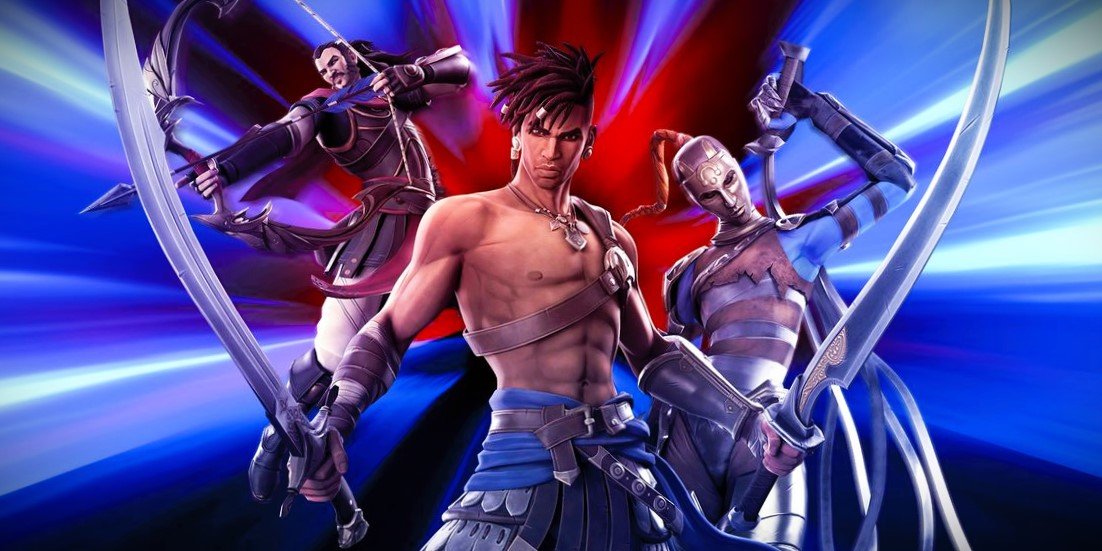
Prince of Persia was once a flagship franchise for Ubisoft, gaining acclaim for the PS2-era reboot trilogy. The series saw regular releases from 2003's Sands of Time to 2010's Forgotten Sands, but it has been relatively inactive since. The landscape is changing with the anticipated Sands of Time remake and the announcement of Prince of Persia: The Lost Crown. Taking a bold, albeit divisive, turn, Prince of Persia: The Lost Crown is a 2.5D Metroidvania action platformer that, despite opinions, stands out as one of the franchise's best games.
In The Lost Crown, players assume the role of Sargon, a member of Persia's elite warrior force, the Immortals. Tasked with rescuing the kidnapped Prince Ghassan, taken to Mount Qaf where the conventional rules of time and space seem to lose their grip, Sargon's journey unfolds with intriguing twists and dynamic action sequences reminiscent of anime.
The cartoony art style of Prince of Persia: The Lost Crown complements its stylish cut-scenes, although opinions may differ on its in-game appearance. While the game doesn't look bad, some might find it occasionally dated and generic, despite its stylized art. Although many players may not mind the visuals, it's understandable that some fans might be somewhat disenchanted with the graphics as they explore Mount Qaf.
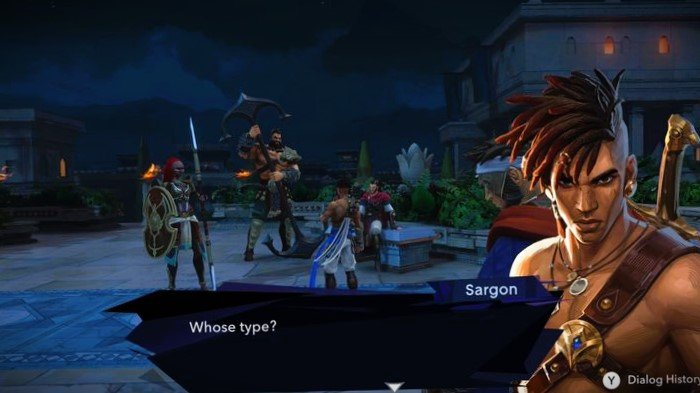

Shortly after reaching Mount Qaf, players control Sargon with the freedom to explore, limited only by his abilities. Following the Metroidvania style, players encounter areas initially unreachable, revisiting them as Sargon gains new powers. The game introduces a mix of standard abilities like dash and double jump, alongside more intriguing time-based powers cleverly woven into the gameplay.
Prince of Persia: The Lost Crown offers a blend of combat, platforming, and puzzle-solving. Sargon begins with basic strikes, and as the game progresses, he learns additional moves, expanding his attack repertoire. His dash, double jump, and undisclosed abilities allow for increasingly intricate platforming sequences. Between battling foes and navigating treacherous traps, players engage in solving challenging puzzles that demand thoughtful use of Sargon's unique skills.
Exploring the expansive Metroidvania map of The Lost Crown involves a variety of activities to prevent monotony. The game excels in combat, platforming, and puzzle-solving, maintaining a well-balanced level of challenge. Platforming sections can be genuinely challenging, resembling the design complexity seen in games like Celeste. Despite the potential for repeated attempts, the difficulty never reaches frustrating levels. The excitement lies in the dynamic platforming, with Sargon employing his unique skills to execute impressive maneuvers—dashing through tight spaces, swinging off poles, and precisely dodging obstacles to avoid peril.
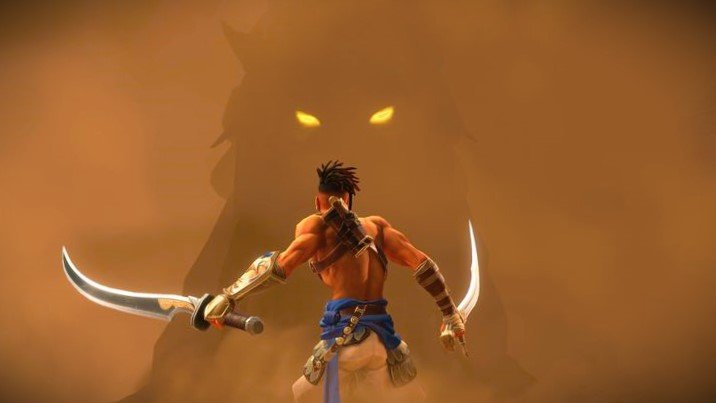
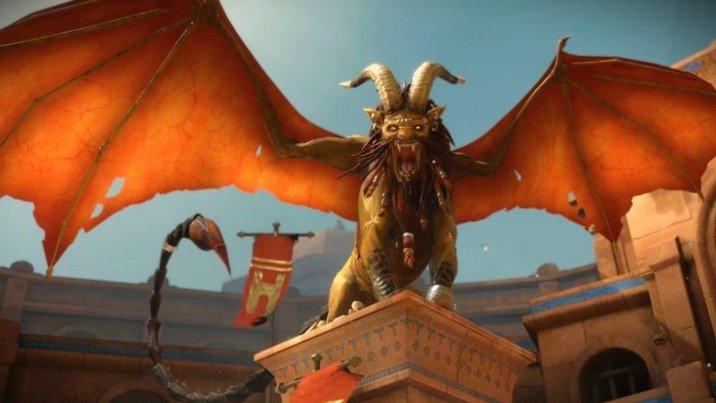
The Lost Crown combines challenging platforming with demanding combat. While regular adversaries are relatively manageable, the game introduces genuinely difficult boss fights that become a highlight of Lost Crown's combat. These intense encounters compel players to utilize all the tools in Sargon's arsenal for survival.
Though not a Souls-like game, The Lost Crown's boss battles may evoke a similar challenging feel. Playing on at least the standard difficulty setting, players can anticipate multiple deaths when facing formidable foes. Despite the potential for frustration, the developers skillfully maintain a delicate balance, creating heart-pounding boss battles that challenge players without becoming overly exasperating.
Boss fights in Prince of Persia: The Lost Crown provide some of its most memorable moments. Overcoming these challenges imparts a sense of accomplishment, akin to the satisfaction derived from conquering tough bosses in the best Souls-like games. The only drawback is the repetition of some bosses, which may become tiresome. Nevertheless, the boss battles in The Lost Crown offer thrilling, edge-of-your-seat encounters.
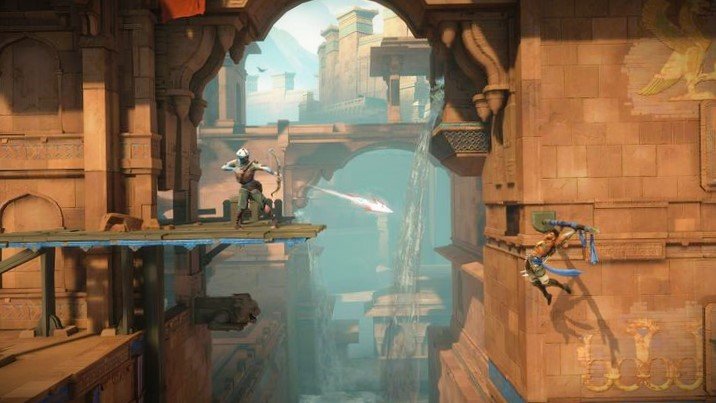

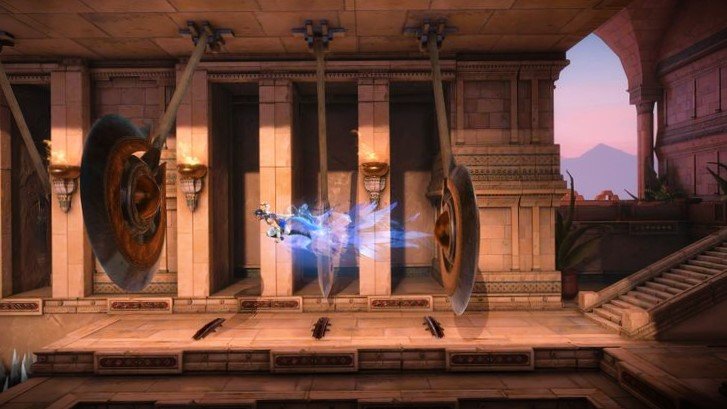
For those struggling with a particular boss in Prince of Persia: The Lost Crown, there are ways to tilt the odds in their favor. While Sargon doesn't level up, players can enhance his stats by discovering useful items hidden in Mount Qaf's twisting corridors or by investing in weapon upgrades and amulets. The expansive map of The Lost Crown contains significant optional areas that players can choose to overlook, but doing so means missing out on valuable rewards.
Mount Qaf in Prince of Persia: The Lost Crown is truly massive, featuring secret rooms and hidden areas that add excitement to exploration, despite occasional instances of tedious backtracking. Instead of allowing players to fast-travel between save points, the game provides dedicated fast-travel rooms, though they may not be abundant enough. Consequently, players may encounter stretches where tedious backtracking becomes unavoidable.
It took me 14 hours and 9 minutes to reach the end credits of Prince of Persia: The Lost Crown, but I had only completed 63.97% of the game. The experience includes side quests, optional areas, and more beyond the main story.
While backtracking is inherent in the Metroidvania genre, certain areas in The Lost Crown may prove more irritating than enjoyable, making repeated exploration a chore. On a positive note, revisiting previously explored sections with new powers often yields new discoveries for Sargon, whether it's a fresh side quest, treasure, optional boss, or other surprises.

Prince of Persia: The Lost Crown introduces a remarkable quality-of-life feature called Memory Shards, revolutionizing the Metroidvania experience. These shards mark the map and capture an image of the immediate area, allowing players to document obstacles or challenges they encounter. This feature empowers players to revisit locations with the necessary tools, transcending mere map markers and providing a clearer indication of whether backtracking is worthwhile. Memory Shards present a game-changing addition to the Metroidvania genre, and it is hoped that other titles will adopt a similar feature.
Memory Shards aren't the only quality-of-life improvement in The Lost Crown that enhances accessibility. The game allows players to customize their experience by choosing from pre-set difficulties or creating a custom difficulty setting. This flexibility enables players to tailor the combat and platforming aspects according to their preferences. Additionally, The Lost Crown includes optional objective markers that can be toggled off for players seeking a more traditional Metroidvania experience.
Both newcomers to the genre and dedicated Metroidvania enthusiasts are likely to appreciate Prince of Persia: The Lost Crown. While it's premature to determine if it will be remembered alongside classics like Super Metroid or Castlevania: Symphony of the Night, The Lost Crown undeniably stands out as a fantastic Metroidvania and one of the standout games in the entire Prince of Persia franchise.
Last edited:
